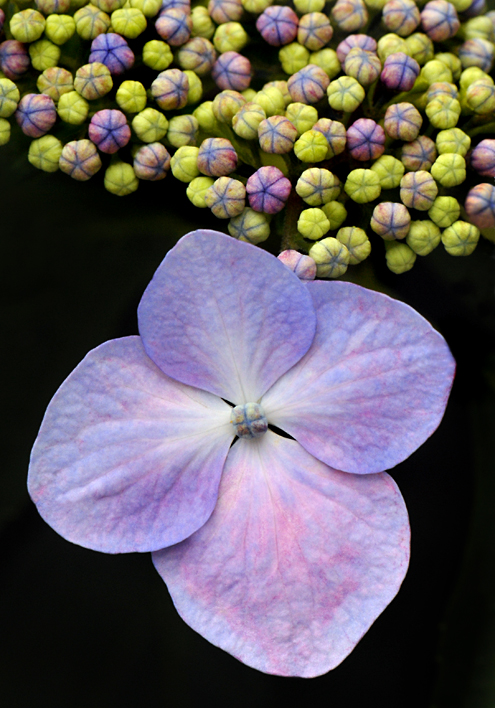As a birthday gift one year, my dear friend Debbi wrote and illustrated a fairytale for me. Here is her story.
Once upon a time in the far away Kingdom of Runnymeade lived a beautiful and kind Princess named Cindy. Princess Cindy loved to garden. She was very happy in her little castle, planting seedlings and bulbs and collecting yard art.
Her father was the King of Texas and Princess Cindy loved him very much. Her father came to visit Princess Cindy and was very disturbed by the Kingdom of Runnymeade. “Daughter,” he said, “you live in a tiny Kingdom of cracker boxes. There is no land in which you can grow Texas-sized plants and vegetables. Your neighbors and friends are colorful and strange. Your Kingdom feels like…well, the Projects! I shall forever call your Kingdom ‘The Projects,’” the King of Texas proclaimed.
Princess Cindy was very sad. She knew she had strange and colorful friends but she loved them. Her father, the King of Texas, didn’t understand that the Kingdom of Runnymeade was part of the land of fruit and nuts called Washington, D.C., where everyone was a little crazy.
Princess Cindy looked around her little Kingdom of Runnymeade and realized that her father, the King of Texas, was right about all the royal subjects’ gardens. They were a mess. She summoned two of her loyal friends, Maiden Barbara and Maiden Debbi and told them of her plan to beautify Runnymeade. They loved their garden and thought Princess Cindy had a royal idea. “I will start a Garden Club and beauty will spread through Runnymeade,” said Princess Cindy.
Princess Cindy went to see the Queen President of Runnymeade, Sue. The Queen Prez loved her garden and was excited that one of her royal subjects would volunteer to help the Kingdom. The Queen Prez loved volunteers. “Go for it!” the Queen Prez said.
Princess Cindy printed beautiful flyers, inviting everyone to join her Garden Club. She and Maiden Debbi distributed them throughout the Kingdom. Princess Cindy and Maiden Debbi saw lots of castles that needed help. “I hope they come,” said the Princess.
Princess Cindy was very happy when she realized that there were many subjects who were interested in her Garden Club. They started to meet in Princess Cindy’s castle once a month. Princess Cindy lovingly became known as the Head Cicada because it was Cicada season in her Kingdom and there were millions of them flying all around.
Princess Cindy went to visit Maiden Debbi one day after the cicadas had finally all died. Maiden Debbi’s husband Sir Tom announced Princess Cindy. “The Head Weed is here!” he proclaimed. “Head Weed….” Princess Cindy thought to herself. “I like that name.” It will be 17 more years before the cicadas return so Princess Cindy decided that Head Weed would be her official title throughout the Kingdom.
Everyone in the Garden Club liked the Head Weed. The Head Weed gave everyone lots of information about gardening. The Garden Club made cement leaves, painted windows, and topiary cone heads. The royal subjects in Runnymeade started caring about their gardens. Beauty was spreading through the Kingdom thanks to the Head Weed. Everyone was happy in the Kingdom of Runnymeade, and they all lived happily ever after.
Moral of the story: Even one little weed can make a difference.
__________________________________________________________________________________________
Want to get to know the King of Texas? Now you can! He actually takes time out from his royal duties to blog. Read his letters to the editor of the San Antonio Express-News. Learn about the time he scolded Axel Rose for being rude at the San Antonio Airport. Discover how he met the Queen of Texas. Uncover entertaining stories from his childhood and his service in the Air Force, too. He’ll teach you proper grammar, offer cinematic reviews, brag about his three princesses and delve into politics. You never know what subject he’ll cover from one day to the next—from Boy Scouts to cats to Vietnam to chihuahuas to wayward M&M’s. Pay him a visit here. And please feel free to comment if the urge strikes you. He loves getting feedback from his subjects.



























GIVE ‘EM SOMETHING TO TALK ABOUT